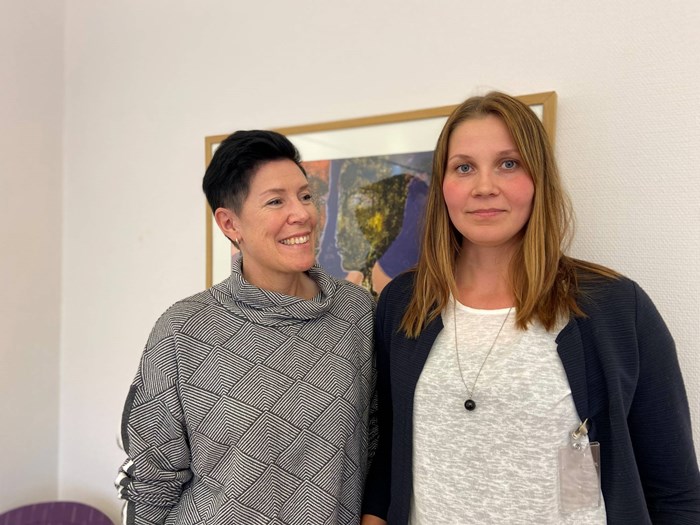Measurements show that at least two out of every ten patients admitted to hospital suffer from malnutrition. Malnutrition causes unnecessary suffering to the patient, provides poor conditions for treatment and causes significant costs to both health care and society.
Over the next few weeks, malnutrition will be given attention across Europe through “Malnutrition Awareness Week” and in Sweden a Focus Week is currently underway. The purpose of this week is to highlight the importance of all patients receiving quality, safe nutritional care.
Changes required
In Sweden, disease-related malnutrition is most common among older people, but it also occurs commonly in association with acute and chronic diseases.
When a person is sick and eats too little energy and protein, the body breaks down muscle protein to create energy. The body becomes weaker, its physical functions deteriorate, the risk of falling increases, and it may become difficult to control oneself. Other consequences include an increased risk of pressure ulcers, a weakened immune system, and depression. However, many cases of malnutrition go unnoticed – which the Nutrition Coordinator in the Västernorrland region wants to treat.
Today there is knowledge about how to detect, diagnose and treat malnutrition. At the same time, we need routines for how to do this in practice and better disseminate it within Swedish elderly care, as well as health care, says Linda Ölund, dietitian and nutrition coordinator.
A big and common problem
Malnourished older people visit health care centers more often, have longer treatment periods, and have a greater risk of complications and higher mortality than well-nourished older people. There are no comprehensive statistics on the total number of malnourished elderly people in Sweden, however, various measurements show that 20 to 60 percent of those admitted to inpatient care are at risk of developing malnutrition.
– Malnutrition that goes undetected or left unchecked can have serious consequences with personal suffering and a greater burden of care as a result, says Annette Svensson, also a registered dietitian and nutrition coordinator.
– It is not always possible to see that the patient is malnourished. For example, if a patient weighs 120 kilograms, it may not seem at first glance that he has lost 30 kilograms in a short time, says Linda Ohlund.
Signs and tips
There are early signs of malnutrition problems that nutrition coordinators recommend that both relatives and health care professionals be aware of, such as:
- Food that is not eaten
- Old food in the refrigerator
- Less food is purchased
- Decreased appetite, and food no longer tastes the same as it did before
- Loose clothes, rings and watches
- Dentures that no longer fit
Nutrition coordinators provide some examples of measures taken in case of decreased appetite:
- Divide food into several small meals
- Prioritize protein (such as eggs, fish, beans, and meat) on your plate
- Choose toppings that are high in energy and protein
- Choose energy-rich drinks such as milk or juice
- Enrich food naturally, for example, with oil, egg yolks, cream and butter
- Night fasting should not exceed 10-11 hours
- Pleasant meal environment and service
- Contact a dietitian if necessary

“Extreme tv maven. Beer fanatic. Friendly bacon fan. Communicator. Wannabe travel expert.”







More Stories
Why Rare Earth Metals for Electric Cars Are Crucial for Modern Mobility
“We want to promote critical rules approach”
“A lot happened during the trip,” Jönköping County Council